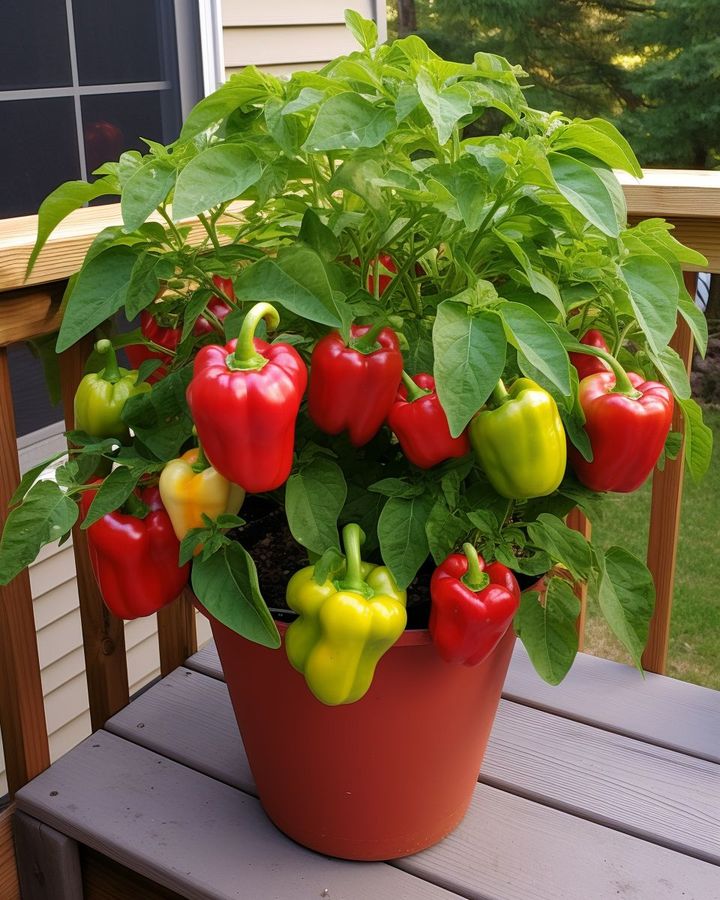4. Provide adequate water
Pepper plants will need one to two inches of water per week for maximum growth. This amount may need to be increased slightly when the weather is extremely hot and dry. Water at the base of the plant to avoid saturating the foliage.
5. Apply fertilizer to promote growth
For optimum plant growth, bell peppers will need to be fed to replenish nutrients lost from the soil. Wait until the plants blossom before fertilizing them to encourage fruit production; fertilizer applications prior to this will promote vegetative growth instead of blossom formation.
6. Treat pests accordingly
Insect pests can cause a significant amount of damage once they infest a vegetable crop. Keep a close eye on bell peppers to spot infestations quickly. Early treatment can help minimize damage and resulting yield loss. Common pests in bell peppers include blister beetles, aphids, cutworms, mites, pepper weevils and thrips. Staff at a garden center can help identify pests and recommend appropriate treatment options.
7. Harvest fruit when ready
Peppers are ready to harvest when they reach the size and color you’d like. A wonderful aspect of bell peppers is you can harvest them even before the fruit is fully matured. Random fact: Green bell peppers are immature orange, red, yellow or purple bell peppers. When harvesting the fruit from the plants, it’s better to cut the stem 1 to 2 inches above the fruit instead of pulling off the pepper. That helps avoid damage to both the plant and the fruit.

